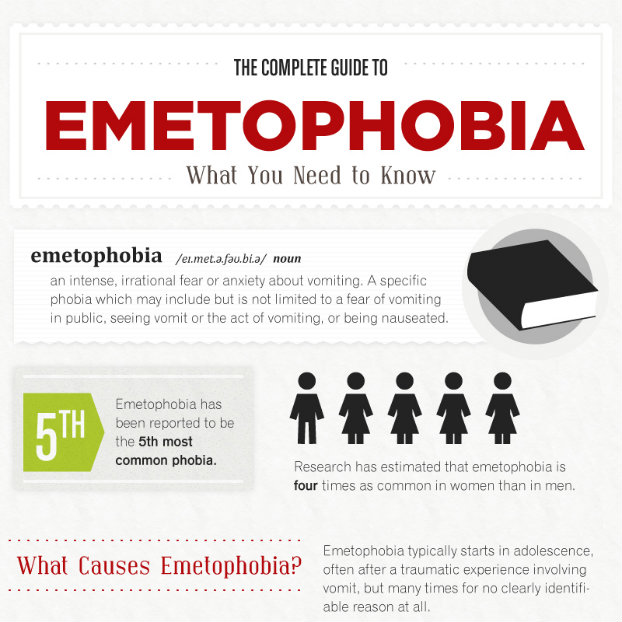Researchers in psychology and psychiatry generally accept that anxiety disorders are linked to brain chemistry in some people.
It is often noted that people who suffer from certain mental health disorders, such as panic disorder, have several relatives who are also afflicted with a mental health condition. A person who has an anxiety disorder, such as Obsessive-Compulsive Disorder (OCD), is likely to have a close relative who also has one.
Scientists are interested in finding out exactly which parts in the brain and which chemicals are mainly responsible for feelings of anxiety.
The answer to this question may be found soon. According to a recent article, “Researchers in the UK have discovered the molecular structure of a protein receptor responsible for creating feelings of stress and anxiety.”
The researchers have linked the molecule, called the “corticotropic-release factor 1 receptor” (CFR1) to the release of chemicals in the brain that lead to anxiety-related symptoms (such as “increased heart rate” and “racing thoughts,” says the article).
While there are treatments for people who have anxiety disorders, the writer mentions that — for people with extreme, debilitating anxiety conditions — there is no “go-to medical fix.” She expresses hope that the new discovery of the researchers will eventually lead to a better understanding of anxiety disorders and how to treat them effectively.
If you want to know more about the science behind the new findings and how they may be used in the future, you can visit the original article here:
http://www.policymic.com/articles/56985/the-stress-molecule-is-cfr1-the-source-of-all-anxiety





